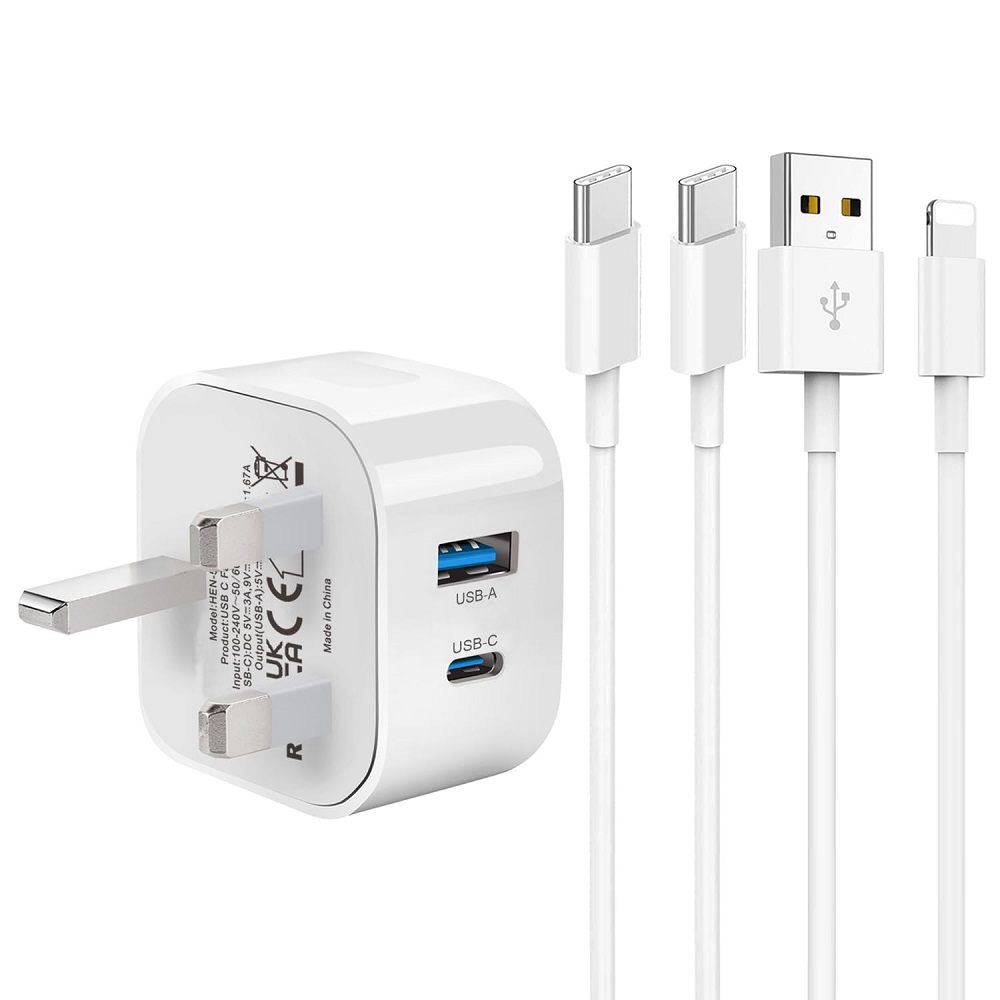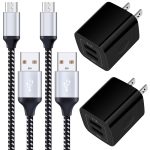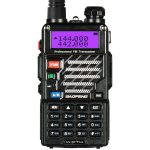The Basics of iPad Charging
Understanding the basics of charging your iPad will ensure its longevity and optimal performance. First, it’s important to note that iPads come with a specific charger and cable that is designed to provide the right amount of power to your device. Using the iPad charger that comes with your unit or a compatible alternative from a reputable brand is crucial. When plugging in your iPad for charging, always use a power outlet that provides a stable electrical current to avoid power surges that could damage your device.
When discussing the basics, we must cover how an iPad indicates it’s charging: a lightning bolt appears on the battery icon. If this doesn’t show, then charging isn’t happening, and you may need to troubleshoot your setup. iPads use lithium-ion batteries, which have an excellent charge retention but do require proper care. It’s beneficial to keep your iPad updated to the latest iOS version, as software updates can include improvements to battery management and charging efficiency. Lastly, temperature matters; ensure your iPad isn’t exposed to extreme heat or cold while charging, as this can affect battery health.
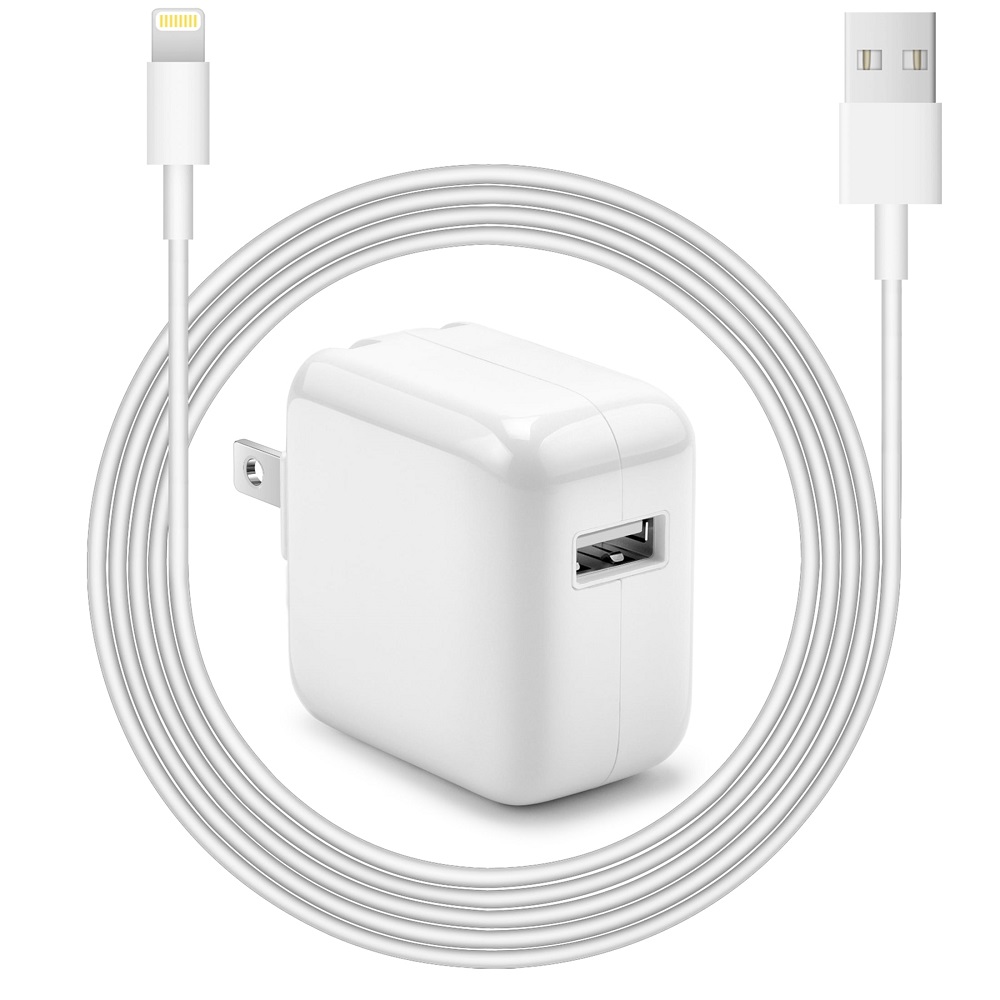
Optimizing Your iPad for Faster Charging
To charge your iPad faster, follow these steps. First, activate ‘Airplane Mode’ to shut off wireless communications. This reduces power consumption during charging. Next, avoid using your iPad while it’s charging. Screen activity and app usage can slow down the charging process significantly.
Secondly, ensure your iPad’s software is up-to-date. Sometimes, software updates improve the device’s charging algorithm, leading to quicker charge times.
Another tip is to remove your iPad’s case if it heats up while charging. Excessive heat can slow down charging and harm the battery. Cool surroundings can boost charging speed and efficiency.
Use a high-power iPad charger, if available. Certain iPad models can handle more power, leading to reduced charging times. However, ensure the power source is reliable to avoid damage to your device.
Lastly, try restarting your iPad if it’s not charging properly. A fresh reboot can sometimes resolve minor software issues that may hinder charging performance.
By following these steps, you can optimize your iPad for faster charging and return to using it with minimal downtime.
Best iPad Chargers and Cables for Fast Charging
Choosing the right iPad charger and cable can greatly affect how quickly your iPad charges. Aim to use a high-power USB-C charger, especially for newer iPad models that support this feature. The original charger and cable that come with your iPad are optimized for your device. However, if you need a replacement or an extra, pick an Apple-certified charger and cable to ensure compatibility and safety.
For the fastest charging speeds, look for chargers that support the power delivery (PD) standard. Such chargers can deliver more power and charge your device more quickly than regular chargers. A USB-C to Lightning cable is a must-have for the latest iPad models, as it allows for fast charging when used with a compatible charger.
Another key point is to invest in quality cables. Low-quality cables not only charge your iPad more slowly but also pose a risk of damage to your device. They might not be able to handle the required power and could even lead to dangerous situations like sparking or overheating. It’s best to use cables from reputable brands that have been tested for safety and performance.
In summary, use a high-power USB-C charger, Apple-certified chargers and cables, and PD standard chargers for the best charging experience. Pick quality USB-C to Lightning cables for newer iPad models, and always go for proven brands to ensure your iPad’s longevity and optimal charging speed.
Understanding iPad Charging Speeds
Understanding the charging speeds of your iPad is crucial for efficient use. First, know that different iPad models have different maximum charging capacities. This means some iPads can charge faster than others due to their design and power handling abilities. Newer models typically support faster charging technologies.
The battery size also plays a role. Larger batteries may take longer to charge fully, although they may support fast-charging features that reduce this time. It’s essential to use a charger and cable that match the recommended specifications for your particular iPad model to achieve the fastest charging time. If you use a charger that’s underpowered, your iPad will charge more slowly.
Moreover, the state of your iPad’s battery impacts charging speed. A newer battery charges more efficiently, while an older one may not hold a charge as well. Proper maintenance of your iPad’s battery is necessary to keep charging times quick over the long term.
An easy way to check your charging speed is to note the time it takes to increase the battery percentage. If you notice it’s taking too long, it could be due to several factors such as using the device while charging, suboptimal chargers, or the need for a battery service.
In summary, for the best charging speeds, use a charger and cable that fit your iPad’s specifications. Remember, charging technology advances, and keeping up with these updates can help maintain optimal charging efficiency.
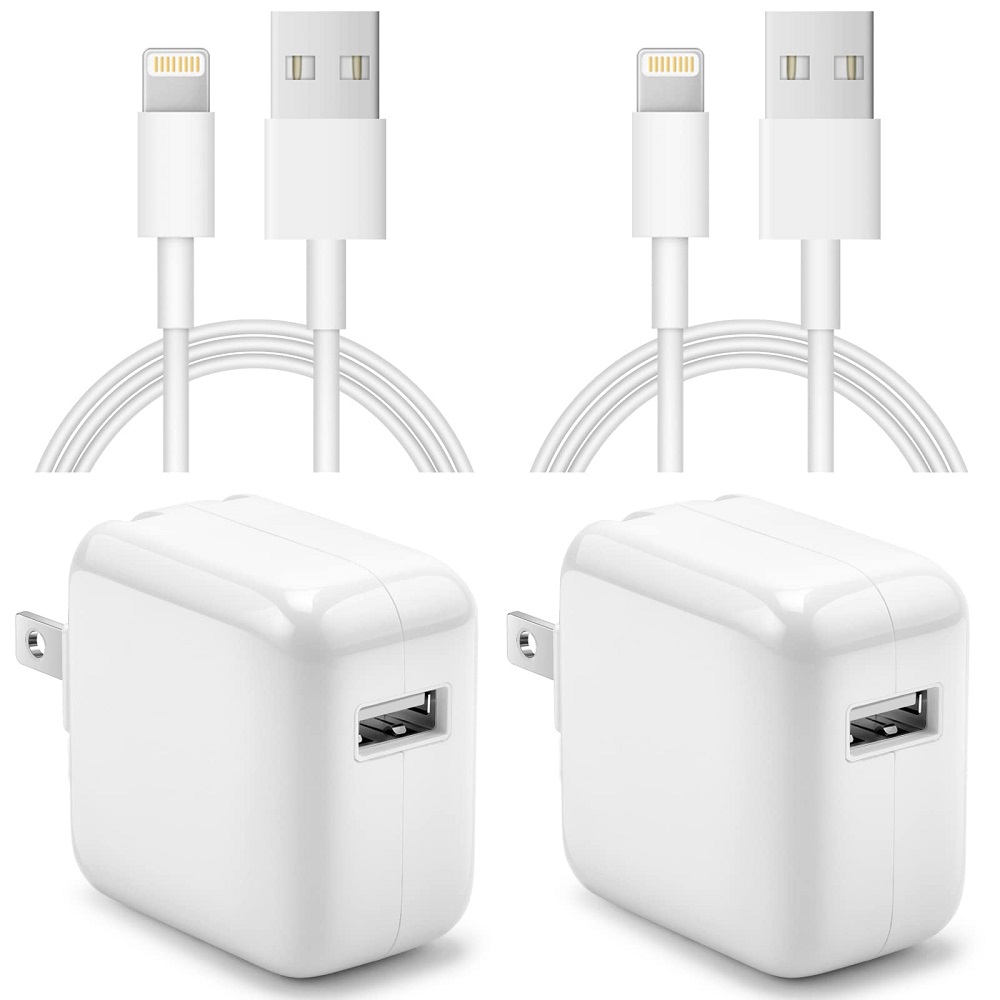
Tips for Maintaining Your iPad’s Battery Health
To keep your iPad’s battery in top shape, follow these simple tips. Start by keeping your iPad’s software updated. New updates often bring improved battery maintenance. Next, avoid extreme temperatures. Don’t leave your iPad in hot cars or in cold conditions. These extremes can hurt the battery life.
Also, use the iPad charger that comes with your device or one that Apple certifies. Chargers not up to Apple’s standards could damage your battery. It’s smart to charge your iPad before it gets below 20% battery life. Going lower can stress the battery.
Remember to check your battery’s health in settings. The iPad can show your battery’s condition. If it’s showing signs of wear, you may need to service it. Lastly, manage your screen brightness and use low power mode. These steps can help save battery life, leading to less frequent charges.
By following these simple practices, you can keep your iPad’s battery healthy. This can extend your device’s life and save you from future battery problems. Keep in mind that a healthy battery means faster charging and longer usage times.
Common iPad Charging Issues and Solutions
Identifying Common Charging Problems
When your iPad won’t charge, it could be for several reasons. You might find the battery icon doesn’t show a lightning bolt, indicating no charge is happening. Sometimes, the iPad charges slowly or stops charging after a certain point. These issues often stem from problems with the charger, cable, power source, or the iPad itself.
Troubleshooting Your Charging Setup
Start by checking the basics. Make sure you’re using an Apple-certified or compatible iPad charger and cable. Inspect the charger and cable for any damage and ensure the connections are secure. Next, try a different power outlet, or plug into another source like a computer USB port.
If these steps don’t solve the problem, reset your iPad. Press and hold both the Home and Top (or Side) buttons until you see the Apple logo. This can fix charging issues caused by software glitches.
Resolving Slow Charging Issues
If your iPad is charging slowly, consider the following solutions. First, remove the iPad case during charging to prevent overheating. If you’re using the iPad while it’s charging, stop and let it charge uninterrupted.
Ensure that no large apps are running in the background. Close all apps before charging. Also, turn on ‘Airplane Mode’ to fast-track the charging process by minimizing power usage.
When to Seek Professional Help
If your iPad still won’t charge or charges very slowly after trying these solutions, it might need professional attention. An Apple Store or authorized service provider can diagnose and fix hardware-related problems. Keep in mind that batteries degrade over time. If your iPad is older, it may need a battery replacement for optimal performance.
In conclusion, common iPad charging issues often have simple solutions. Use the right equipment, check your setup, and consult with professionals when needed. These steps can get your iPad back to charging correctly and quickly.
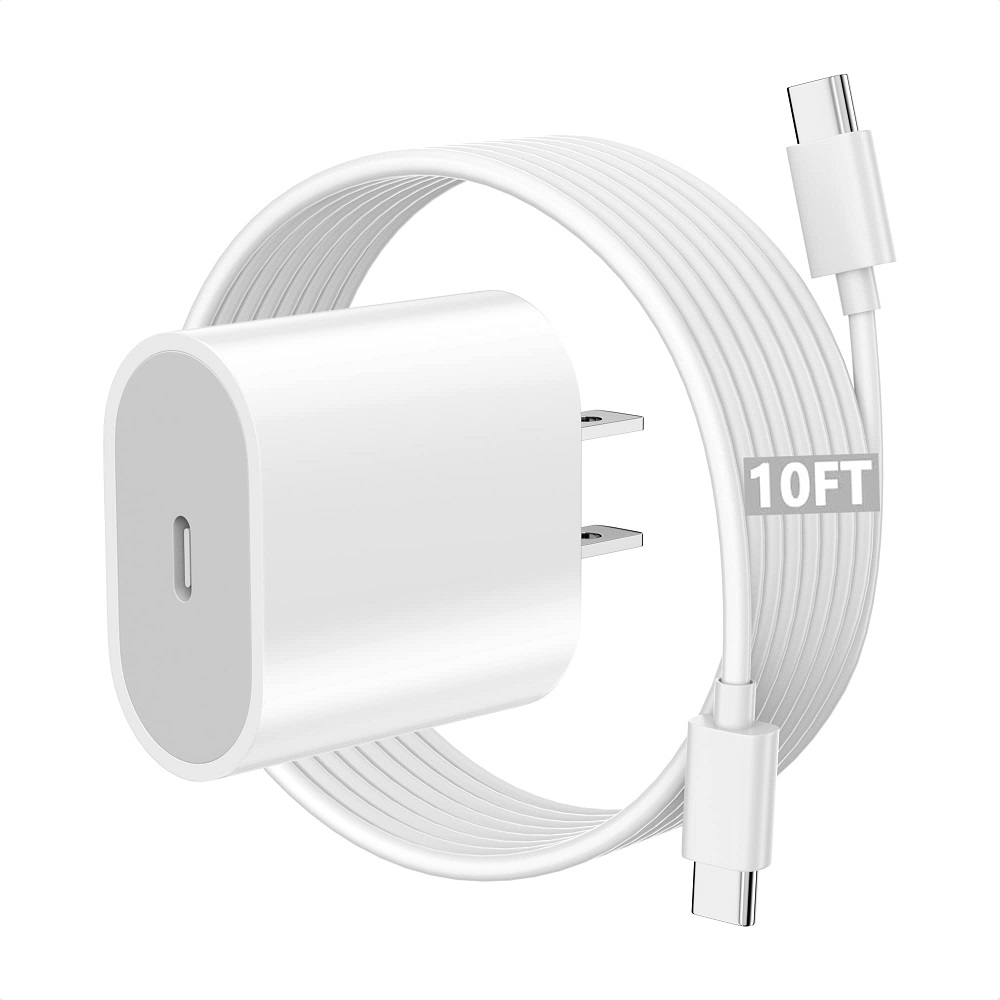
Advanced Charging Techniques for iPad Users
To keep your iPad powered up and ready at all times, consider some advanced techniques. Start by looking into iPad charging docks. These accessories let you charge multiple devices, including your iPad, simultaneously. They are ideal for users who juggle various Apple devices.
Next, explore smart chargers that auto-detect your iPad’s required power input. This technology adjusts the power output to match your device’s needs, enabling safe and efficient charging. Some smart chargers also come with multiple ports, which is great for charging several devices together.
Another strategy is to use a portable power bank. These are perfect for on-the-go charging. Choose one with high capacity and fast-charging capabilities to boost your iPad quickly when an outlet is not nearby.
Also, consider investing in solar-powered chargers if you’re frequently outdoors or in areas with limited access to power. They offer an eco-friendly way to charge your iPad using sunlight.
For the tech-savvy, automated charging schedules using smart home systems can also be set up. Program your smart plug or home system to charge the iPad at low-demand times or overnight, protecting the battery’s longevity.
By adopting these techniques, iPad users can ensure their devices are charged in the most efficient ways possible, even when they’re busy or away from traditional power sources.
Maximizing iPad Use During Charging
While charging your iPad, you can still make efficient use of it. Start by adjusting the screen brightness. A dimmer screen consumes less power, allowing more energy to go into the battery instead of the display. Next, close apps you’re not using. This reduces the workload on the iPad’s processor, which can slow down charging.
Enable ‘Low Power Mode’ if your iPad supports it. This feature cuts down on background activity and saves power. If you must use your iPad while charging, stick to light activities like reading an e-book or checking emails. Avoid power-intensive tasks like gaming or video editing.
Also, keep your iPad on a hard, flat surface while charging. This helps dissipate heat and keeps your iPad cool, which is better for battery health. Lastly, if you need to sync your iPad or perform backups, do it while charging. This way, you’re not draining the battery for these necessary tasks.
By following these steps, you can continue to use your iPad effectively without hindering the charging process. This way, you get the best of both worlds: using your device and ensuring it charges efficiently.
